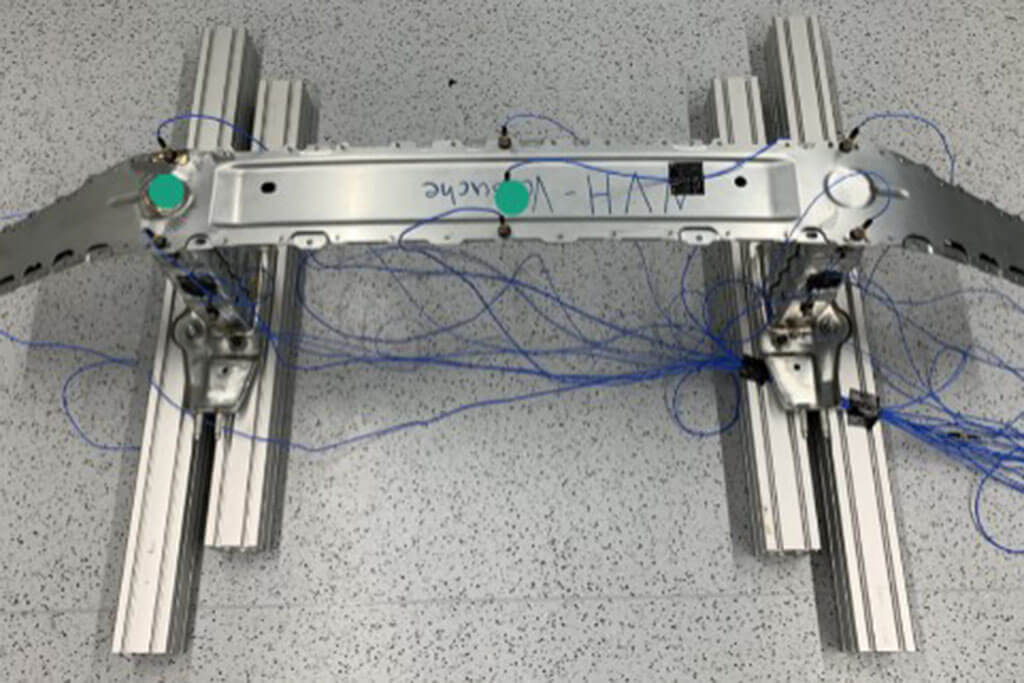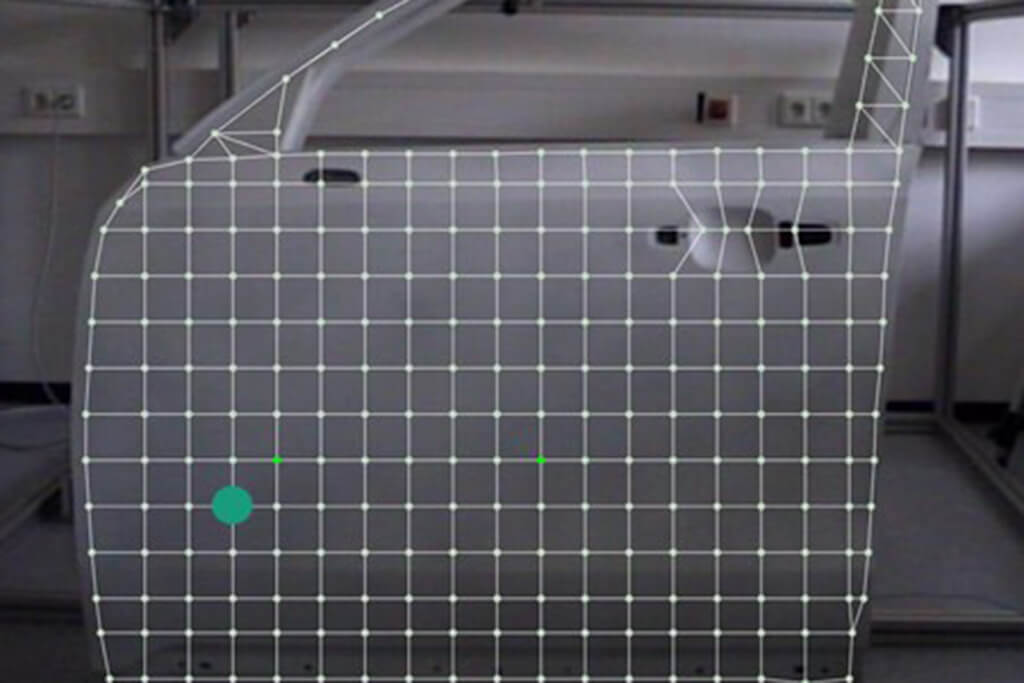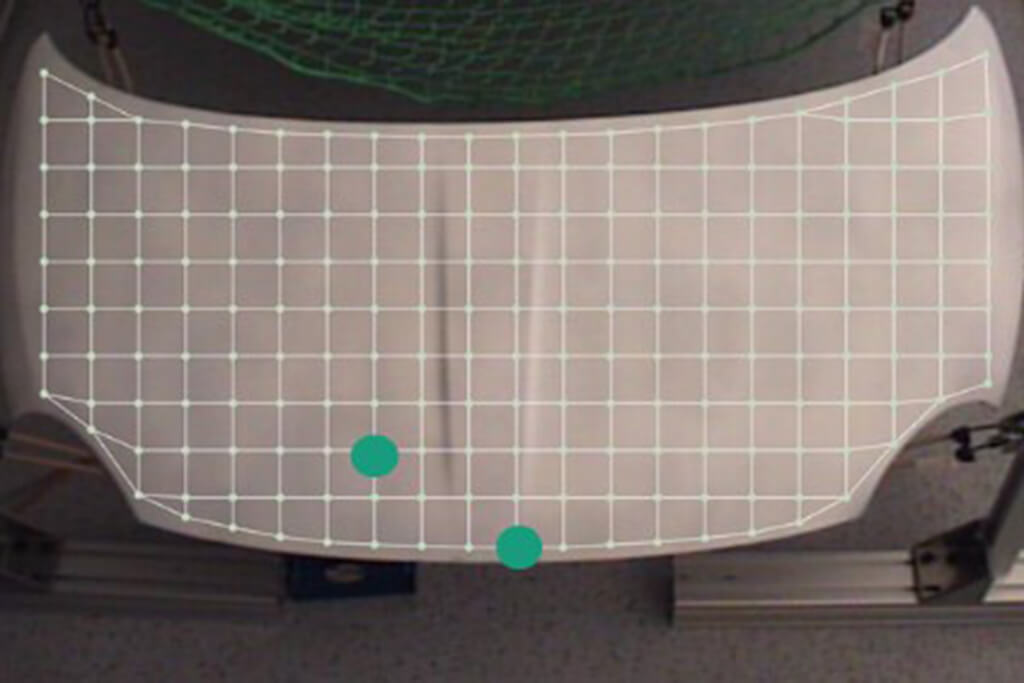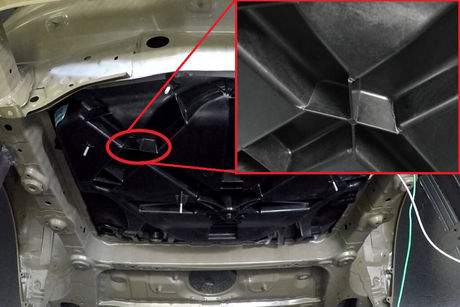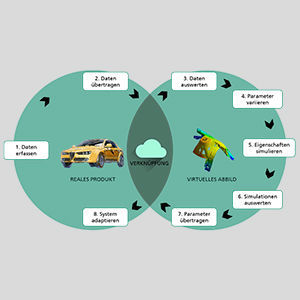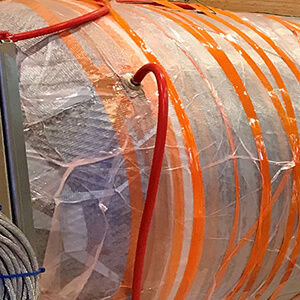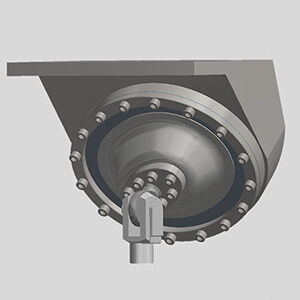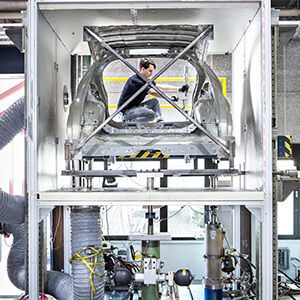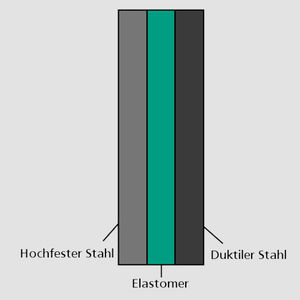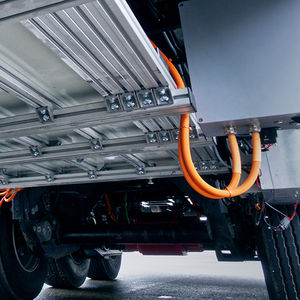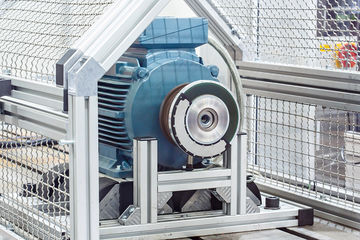Weight reduction of large series vehicle and components considering the entire life cycle.
SUSTAINABLE TRANSPORT, MATERIAL ENGINEERING, LIGHTWEIGHTING
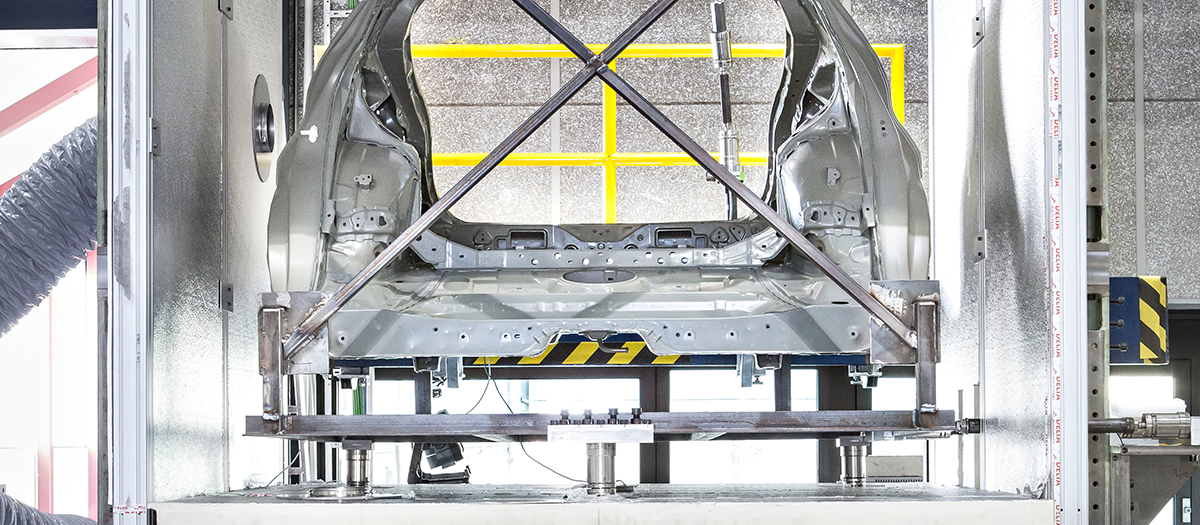
The European ALLIANCE project involved the research of alternatives to reduce vehicle weights, with Fraunhofer LBF focusing on validating the necessary structural characteristics for physical demonstrators at modular level. The ALLIANCE project stands for innovative lightweighting materials and production technologies as well as their applicability and accelerated introduction for the upcoming vehicle model generations in collaboration with large European OEMs.
New component validation methodology at module level
In order to validate component simulation models and their implementation within a representation of a complete system, at Fraunhofer LBF planned and implemented the testing and validation of the physical demonstrators at modular level. A test strategy was developed for each demonstrator. Each strategy was based on test standards which are used in the automotive industry. The module designs and geometries are very similar to those of current serial production vehicles, however, they offer a significant weight reduction.
The Investigation was focused on the modules of Daimler, Volvo and CRF, on which a detailed NVH test was carried out. In addition, three Rear Floor Pan in half car bodies from TME (Toyota Motor Europe) were put to the test at Fraunhofer LBF during static and fatigue tests.
Testing and measurements for system validation
For Noise Vibration Harshness (NVH) tests, the partners’ frequency ranges and set-up requirements were worked out under realistic conditions in order to document their influences and to validate simulation models for innovative aluminum alloys and production processes.
As an alternative to components made of aluminum, demonstrators made of a plastic-glass fiber composite were also developed with a goal to reducing weight. For example, a Rear Floor pan which is usually made of steel was replaced by composites – a measure which saved approx. 25% of its mass. In order to ensure the reliability of such innovative elements, they must fulfill similar requirements to those of the original components.
Improved reliability assessment
The validation of the components at a modular level delivered results on the comparison of the simulation models as well as a significant improvement of the reliability assessments compared with their original reference parts in relation to weight, performance and relative costs of the weight reduction.
This project was sponsored by ALLIANCE
Grant Agreement number: 723893 — ALLIANCE — H2020-NMBP-2016-2017/H2020-NMBP-GV-2016
Amendment Reference No AMD-723893-20



“In order to perfom the investigations under Environmetal loads, we at fraunhofer LBF, developed and buit a tailored Testrig for Cut-Bodys.” Julien Scheffelmeier, M. Sc.
Contact
- Julien Scheffelmeier, M. Sc.
- Phone: +49 6151 705-689
- julien.scheffelmeier@lbf.fraunhofer.de
